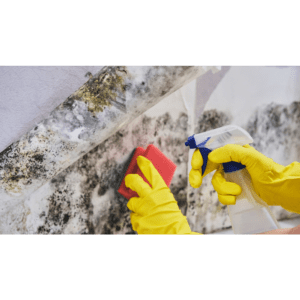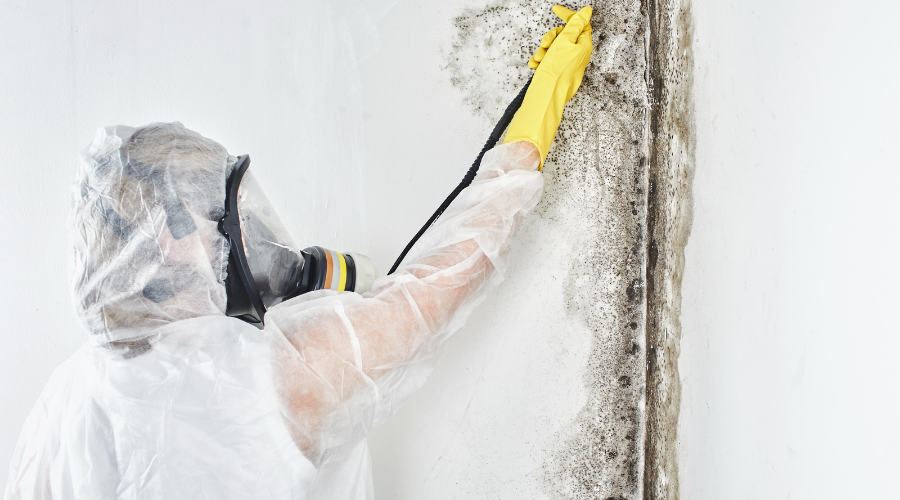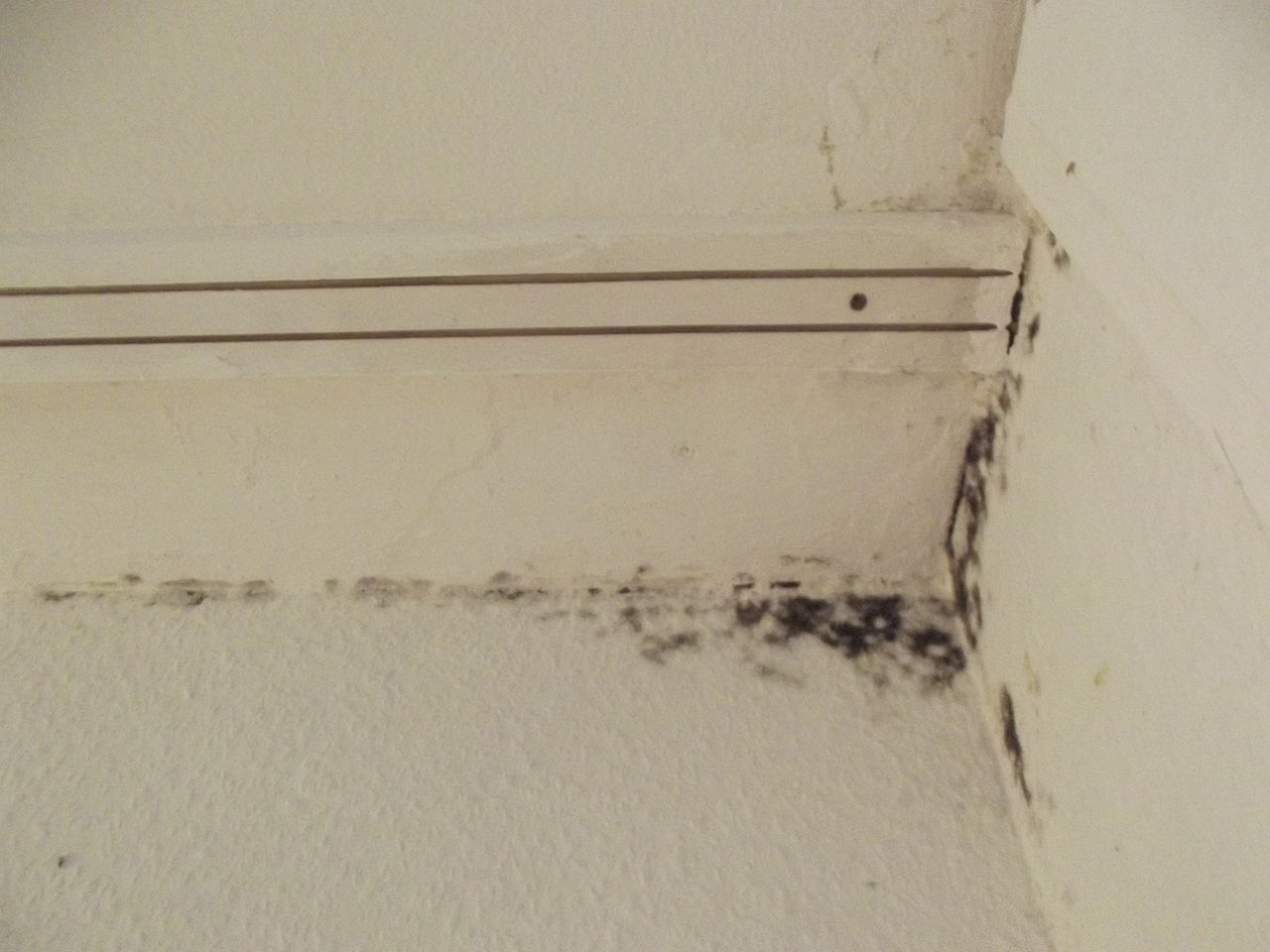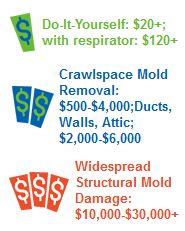The Impact of Professional Mold Removal for Businesses
Before moving your business into a new building, you’ll need to hire inspectors to check for any issues that could become a problem in the long run. One issue that your building inspectors could find is moldMold is a type of fungus that grows in damp or humid conditi... More. MoldMold is a type of fungus that grows in damp or humid conditi... More is hazardous and it can cause a range of health issues and more long-term problems if left unaddressed.
Understanding What Molds Are
Molds are tiny fungiFungi are a group of organisms, including mold, mildew, and ... More that live on animal or plant matter, and they can also find their way to either indoor or outdoor areas of commercial buildings. While molds are part of the natural environment, they can be deadly to some who have weak immune systems or allergies.
You can usually find moldMold is a type of fungus that grows in damp or humid conditi... More in damp areas since it needs moisture to breed. If you ignore it for a long time, it will continue to spread until it slowly destroys everything it touches. MoldMold is a type of fungus that grows in damp or humid conditi... More can damage drywall and rot wood, which leads to structural damage that will cause additional problems.
Molds do emit a smell, mainly described as musty, meaty, earthy, or something close to rotten food or wet socks. If the moldMold is a type of fungus that grows in damp or humid conditi... More gets very severe, the smell intensifies and becomes so unpleasant that it will make anyone sick once they get a whiff of it.

The Four Different Types of Molds
Four different types of molds can find their way into your office buildings. No one can identify what type of moldMold is a type of fungus that grows in damp or humid conditi... More it is unless mold cleaning professionals take a close inspectionInspection is the careful examination and assessment of a pr... More and test it. The common types of molds on exterior surfaces include:
Aspergillus: The first type of moldMold is a type of fungus that grows in damp or humid conditi... More professionals may find on the exterior surfaces of your building is Aspergillus. It is also the most common in residential and commercial buildings, so you will most likely find it in an old office building. Many buildings worldwide encounter Aspergillus on both exterior and interior surfaces, and they often grow on wood and painted surfaces. It also grows on different types of paneling and masonryMasonry is the craft or construction of structures using mat... More, including bricks and masonryMasonry is the craft or construction of structures using mat... More blocks.
Penicillium: The next type of moldMold is a type of fungus that grows in damp or humid conditi... More in office buildings is Penicillium, which also grows on the interior and exterior surfaces. You can also find molds in residential and commercial buildings with vinylVinyl is a durable synthetic plastic material commonly used ... More, wood, paneling, poured concrete foundations, and painted masonryMasonry is the craft or construction of structures using mat... More.
Cladosporium: Another moldMold is a type of fungus that grows in damp or humid conditi... More you may find on your office building’s exterior surfaces is Cladosporium. It can grow on glass surfaces, vinylVinyl is a durable synthetic plastic material commonly used ... More siding, paneling, windows, and many wood types.
Trichoderma: One more moldMold is a type of fungus that grows in damp or humid conditi... More type that commercial building inspectors occasionally find is Trichoderma. This moldMold is a type of fungus that grows in damp or humid conditi... More needs more moisture to develop, and it mostly sticks to wooden surfaces, such as untreated lumber, decaying wood, pinewood, and boards.
If you use any of the materials mentioned above on your building, you need to keep it well maintained at all times to prevent it from spreading.
Benefits of Removing MoldMold is a type of fungus that grows in damp or humid conditi... More for Businesses
Businesses need to create a safe and comfortable establishment, especially when clients frequently visit. The best way to do that is by hiring mold removal services for regular inspections and cleaning. Ensure you make the moldMold is a type of fungus that grows in damp or humid conditi... More removal company’s job easier by installing general-purpose gypsum access panels.
Creating a Safer Office: You might not be aware that your clients have health concerns and that the mold present in your building could trigger severe issues. Even a tiny spore entering their airways could potentially be deadly for them.

MoldMold is a type of fungus that grows in damp or humid conditi... More Cleaning Services
People with weak immune systems that inhale the moldMold is a type of fungus that grows in damp or humid conditi... More sporesSpores are microscopic reproductive units of fungi or mold t... More can get very sick and have severe lung complications and infections. Not only will the molds affect your clients, but they can also affect your employees and everyone around the office.
Professionals Can Remove Them Properly: Letting an inexperienced person remove moldMold is a type of fungus that grows in damp or humid conditi... More is dangerous. Special tools and processes are needed, along with a high level of training and expertise. What’s great about hiring professionals is they have all the necessary equipment and know-how to remove moldMold is a type of fungus that grows in damp or humid conditi... More safely.
How to Tell if MoldMold is a type of fungus that grows in damp or humid conditi... More is Making You Sick
If you suspect moldMold is a type of fungus that grows in damp or humid conditi... More in your building, there are several symptoms to watch for in staff and employees, including:
- Wheezing
- Stuffy or runny nose
- Coughing
- Sore throat
- Irritated eyes
When someone experiences the symptoms mentioned, have them seek medical attention as quickly as possible. If you ignore it, the moldMold is a type of fungus that grows in damp or humid conditi... More could stay in their bodies for up to six months or more, while some could have it for up to a year. Usually, the best method to remove them from your body is to detox. It’s currently the most effective and cheapest alternative to removing moldMold is a type of fungus that grows in damp or humid conditi... More from your body.
Never underestimate the danger of moldMold is a type of fungus that grows in damp or humid conditi... More. Set up a regular inspectionInspection is the careful examination and assessment of a pr... More schedule with moldMold is a type of fungus that grows in damp or humid conditi... More professionals and ask about special applications that can help to prevent moldMold is a type of fungus that grows in damp or humid conditi... More build-up in your commercial buildings.












